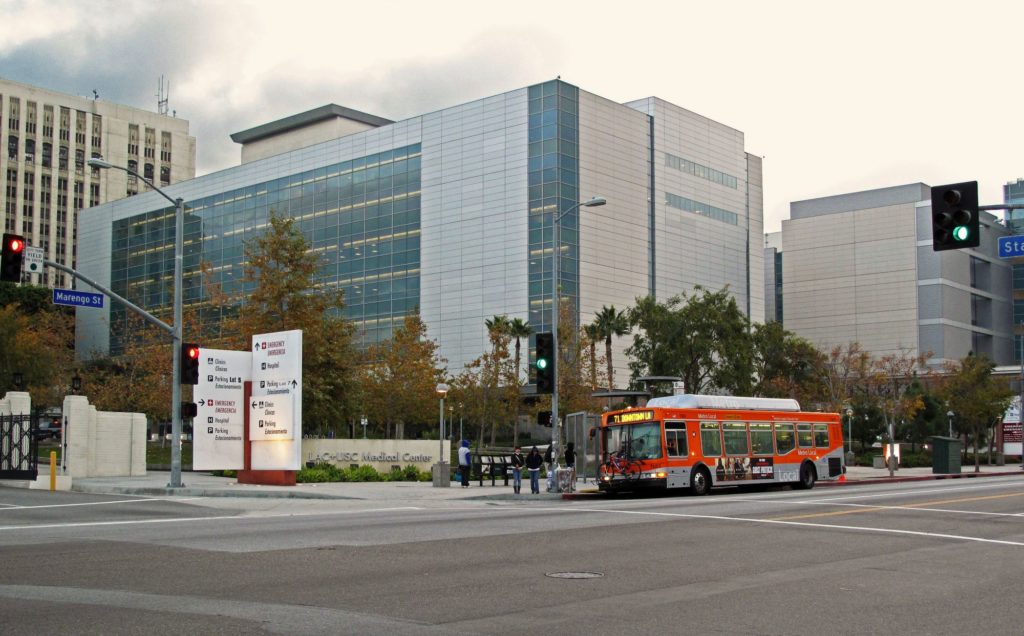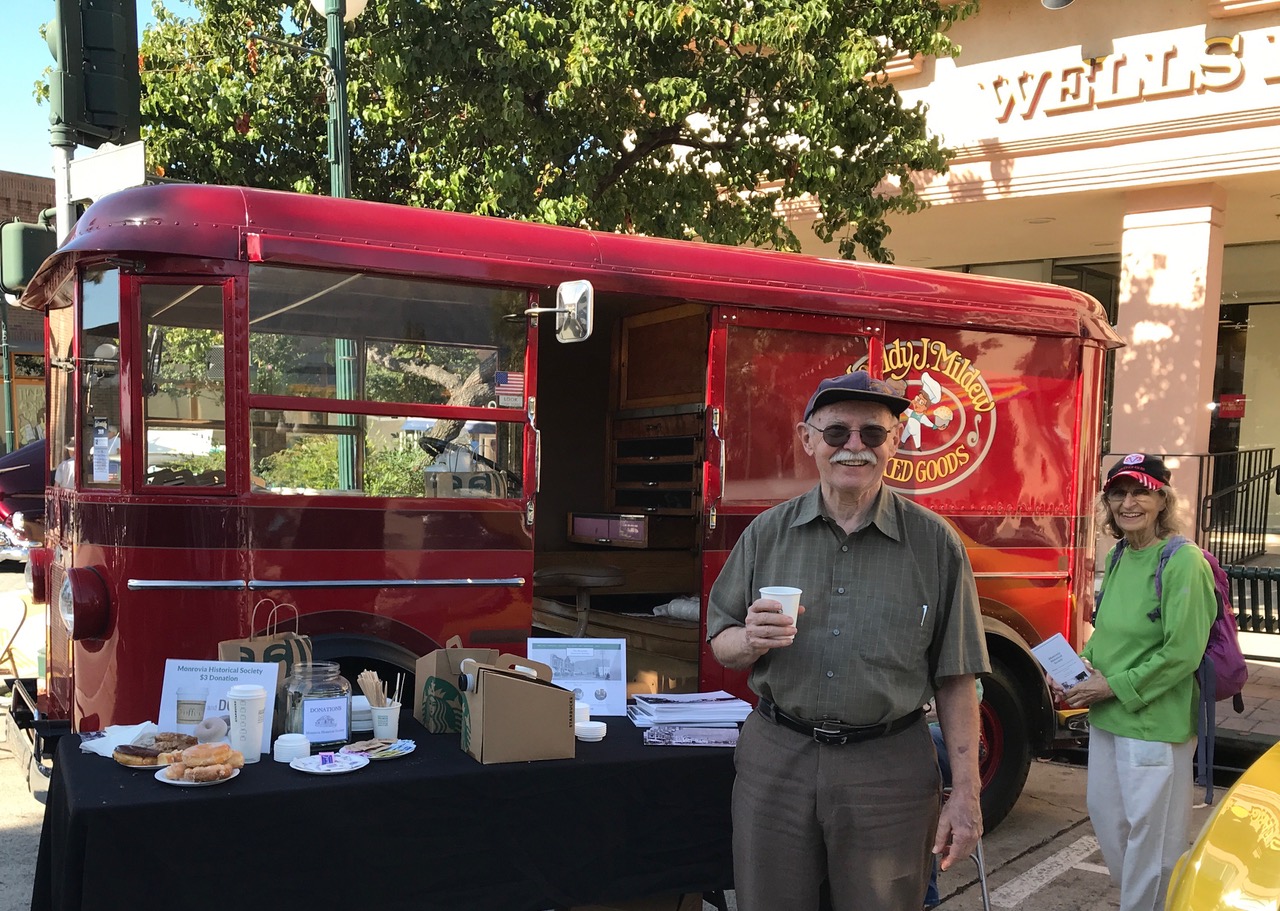
Order takes effect Saturday; affects regions with less than 15% ICU availability
As COVID-19 case rates and hospitalizations continue to rise and threaten to overwhelm healthcare systems, California Governor Gavin Newsom announced at a press conference Thursday a new stay-at-home order that will be triggered if Intensive Care Unit (ICU) capacity in a region drops below 15% in a region.
State health officials are tracking the state by five regions:
- Northern California: Del Norte, Glenn, Humboldt, Lake, Lassen, Mendocino, Modoc, Shasta, Siskiyou, Tehama, Trinity
- Bay Area: Alameda, Contra Costa, Marin, Monterey, Napa, San Francisco, San Mateo, Santa Clara, Santa Cruz, Solano, Sonoma
- Greater Sacramento: Alpine, Amador, Butte, Colusa, El Dorado, Nevada, Placer, Plumas, Sacramento, Sierra, Sutter, Yolo, Yuba
- San Joaquin Valley: Calaveras, Fresno, Kern, Kings, Madera, Mariposa, Merced, San Benito, San Joaquin, Stanislaus, Tulare, Tuolumne
- Southern California: Imperial, Inyo, Los Angeles, Mono, Orange, Riverside, San Bernardino, San Diego, San Luis Obispo, Santa Barbara, Ventura
If a region falls below the 15% ICU threshold after the order takes effect at 12:59 p.m. on Saturday, it will have 24 hours to implement it.
“If we don’t act now, our hospital system will be overwhelmed,” Newsom said Thursday. “If we don’t act now we’ll continue to see a death rate climb, more lives lost.”
No regions meet the threshold as of Friday morning, but some are projected to within the next week. Southern California’s ICU capacity stands at 20.6%, per the state’s last update, as is expected to meet the 15% threshold by early December along with the San Joaquin Valley, the Greater Sacramento area, and Northern California.
According to Jaclyn Cosgrove and Soumya Karlamangla of the Los Angeles Times, the current surge is different from previous ones: “For one thing, the spring surge was more limited in scope, with some parts of California — and the nation — being hit harder than others. That allowed more room for shifting resources and bringing in medical professionals from areas that could spare them. The current surge is not only larger than the spring one but also much more widespread, leaving fewer areas with nurses and doctors to spare.”
Under the order, residents are required to stay at home as much as possible and minimize mixing to reduce exposure. It allows access to (including travel for) critical services and allows outdoor activities. In any region that triggers the new order because it drops below 15% ICU capacity, all operations in the following sectors must be closed:
- Indoor and outdoor playgrounds.
- Indoor recreational facilities.
- Hair salons and barbershops.
- Personal care services.
- Museums, zoos, and aquariums.
- Movie theaters.
- Wineries.
- Bars, breweries and distilleries.
- Family entertainment centers.
- Cardrooms and satellite wagering.
- Limited services.
- Live audience sports.
- Amusement parks.
The following sectors will have additional modifications in addition to 100% masking and physical distancing:
- Outdoor recreational facilities: Allow outdoor operation only without any food, drink or alcohol sales. Additionally, overnight stays at campgrounds will not be permitted. Members of the same household are encouraged to maintain physical and mental health by safely going to a park, hike, walk or bike ride when safe to do so and socially distanced.
- Retail: Allow indoor operation at 20% capacity with entrance metering and no eating or drinking in the stores. Additionally, special hours should be instituted for seniors and others with chronic conditions or compromised immune systems.
- Shopping centers: Allow indoor operation at 20% capacity with entrance metering and no eating or drinking in the stores. Additionally, special hours should be instituted for seniors and others with chronic conditions or compromised immune systems.
- Hotels and lodging: Allow to open for critical infrastructure support only. Except as otherwise required by law, no hotel or lodging entity in California is to accept or honor out of state reservations for nonessential travel, unless the reservation is for at least the minimum time period required for quarantine and the persons identified in the reservation will quarantine in the hotel or lodging entity until after that time period has expired.
- Restaurants: Allow only for takeout or pickup.
- Offices: Allow remote only except for critical infrastructure sectors where remote working is not possible.
- Places of worship: Allow outdoor services only.
- Entertainment production including professional sports: Allow operation without live audiences. Additionally, testing protocol and “bubbles” are highly encouraged.
The order does not modify existing state guidance regarding K-12 schools.
The following sectors are allowed to remain open when a remote option is not possible with appropriate infectious disease preventative measures including 100% masking and physical distancing:
- Critical infrastructure.
- Non-urgent medical and dental care.
- Childcare and pre-K.
Once triggered, regions will remain under the order’s restrictions for at least three weeks. Counties are eligible to come off the regional stay-at-home order after three weeks if their hospital ICU capacity projected four weeks out reaches 15%. Counties will return to the “Blueprint for a Safer Economy” tier (the color-coded system currently used to indicate spread of the virus in a county) determined by their case rate and test positivity after they exit the regional order.






